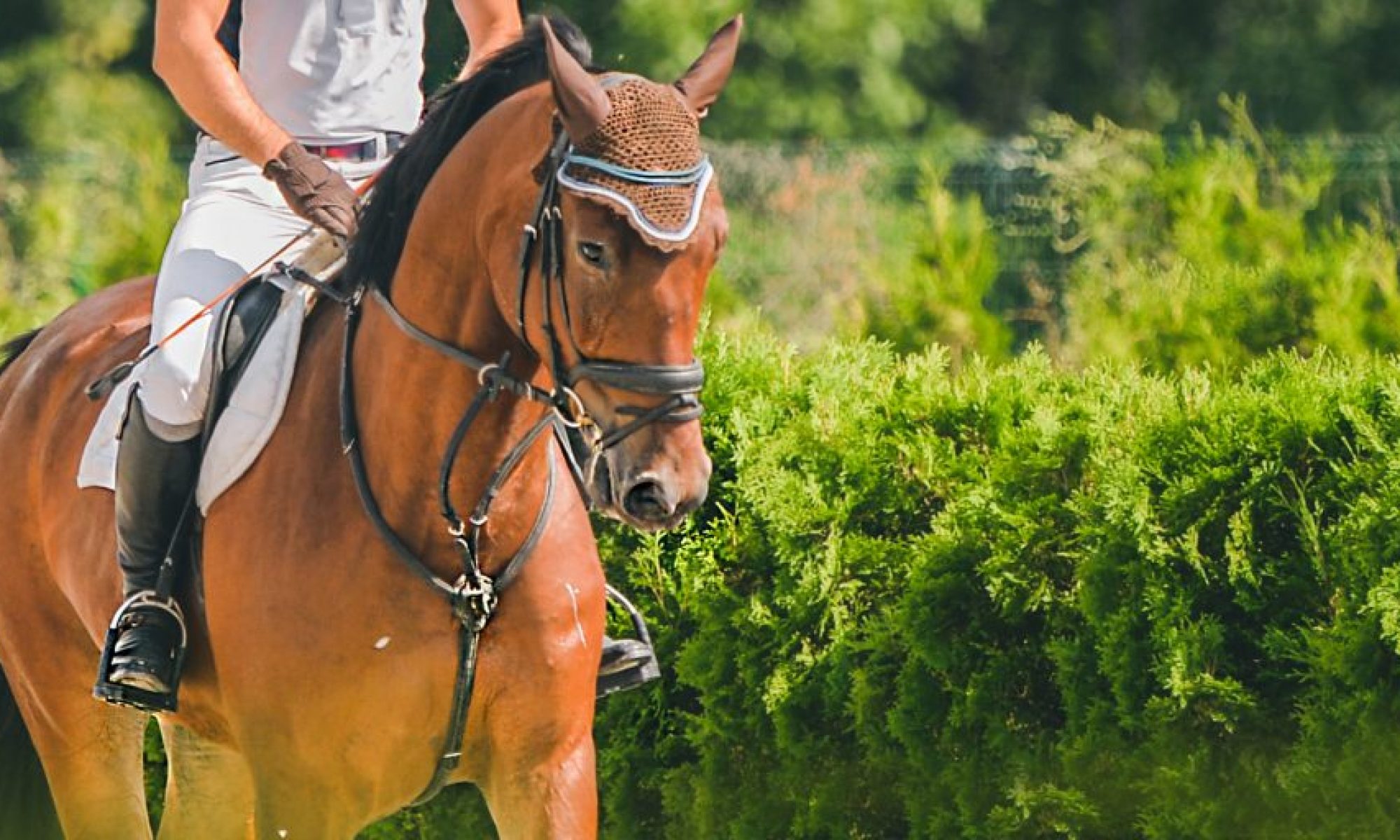With the holidays right around the corner, there’s no better time to find something that’s special and unique. We’ve curated this year’s gift guide with creative items from our communities. Friends, family, and even pets will love these handcrafted, one-of-a-kind gifts, including some exclusive promotions for our readers.
LittleLovelyDay
Custom-beaded jewelry designed and made in Parkland! All handmade by Bridget Pearsall, every item can be customized to suit your individual wants and needs. Shop the many selections of predesigned items, or contact Pearsall with your special requests. It always feels great to be able to give someone a more personalized gift. You may not know where to start, but she will work with you to create the best jewelry possible for the person you have in mind. Grab something beautiful for your family, friends, teachers, coworkers, or the most important person, yourself! Wholesale orders are also available, and you can contact Pearsall via Instagram or Etsy with any inquiries.
Use promo code PARKLAND10 for 10% off Instagram: @littlelovelyday
That Mom With a Laser, Inc.
etsy.com/shop/ThatMomWithALaser
Discover the charm of locally crafted gifts by That Mom With a Laser. Known for her fun personality on social media, this local handmade influencer offers personalized treasures perfect for the holiday season. From wooden ornaments to custom-engraved cutting boards, find unique gifts with a local touch. Explore online for unforgettable presents this year. Visit @thatmomwithalaser on Instagram or TikTok to see how she makes her creations come to life!
Shop: www.etsy.com/shop/ThatMomWithALaser
Naturloom
Naturloom.com
Naturloom is a Parkland-based, small family business. Products are made of 100% organic Turkish cotton, all of which have GOTS-certified textile. Therefore, everything is organic and natural at all stages of cotton, from seed to product. This business has a wide selection of products, such as muslin blanket throws in all sizes, baby blankets, pillow shams, and oversized beach towels. Their inspiration comes from nature, as can be seen in the company name and the color scheme.
Use promo code NATURLOOM10 for 10% off
Lei Custom Collars
Designed with the utmost care and made specifically for your own furry friend, Lei Custom Collars offers personalized, handmade pet collars with matching tags made from the highest-quality leather and crystals for your unique and custom order. Their love for dogs is their inspiration. They have always been surrounded by dogs and showcase their passion by creating unique designs that reflect the inspiring connection between humans and their pets. For new products and promotions, follow them on Instagram and Facebook at leicustomcollars.
Use promo code PARKLANDER for a 10% discount on your order
3GGlamGifts
3GGlamGifts, based in Parkland, creates personalized gifts for all occasions. Customized party favors, apparel, jewelry boxes, canvas pouches, gift baskets, college items, and more are offered in any theme and in any budget! Order through direct message on Instagram and Facebook at 3GGlamGifts.
Mention PARKLANDER for 10% off your holiday gifts
Don’t Forget the Gift
etsy.com/shop/DontForgetTheGift
When looking for a unique personalized gift, look no further than Don’t Forget the Gift. They specialize in personalized Hanukkah menorahs, candlesticks, and mahjongg-themed snack bowls. These gift items are locally made, and they make the perfect gift for the special person in your life. Check out their full selection in their Etsy store.
Parklander readers can use the code PKLD10 to receive 10% off orders
My Kid’s Dream
My Kid’s Dream is a magical online store where childhood dreams take a tangible shape. It is a family-run business with a simple mission: to bring joy to kids’ lives by creating personalized blankets, canvases, and customized books. This store offers the perfect gifts for the little ones in your life!
Use promo code PARKLANDER for 15% off any item
















